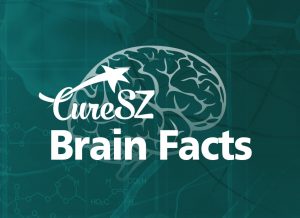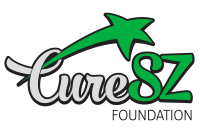 Brain Regions Involved in Schizophrenia
Brain Regions Involved in Schizophrenia
by Henry A. Nasrallah, MD, CURESZ Executive VP and Scientific Director
Part 3: The Cerebellum
Most people think that the main function of the cerebellum is motor coordination. However, the cerebellum has multiple non-motor functions including emotions, affect and higher cognitive functions that are relevant to many psychiatric disorders. Damage to the cerebellum can cause the following:
- Lack of coordination of posture, balance and visuo-spatial coordination
- Impaired cognition including planning, abstraction, verbal fluency, working memory, and attention
- Emotional dysfunction and affect dysregulation including blunted affect
- Language problems including dysprosodia (lack of appropriate intonation when speaking) agrammatism (speech with content words but no function words) and anomia (inability to recall the names of everyday objects)
- Personality changes, disinhibition and inappropriate behavior
It is also interesting to know that although the cerebellum looks much smaller than the cerebrum, it actually has a much higher number of brain cells (neurons and glia) than the cerebral cortex!
Part 2: The Hippocampus
The hippocampus is one of the most critical components of the human brain. It is involved in multiple psychiatric disorders and its volume is smaller due to atrophy in depression, PTSD, Alzheimer’s Disease, and chronic alcoholism but is developmentally hypoplastic (smaller) in schizophrenia. Its functions include:
- Neurogenesis: the dentate gyrus within the hippocampus is a “neurogenic region” where progenitor cells (stem cells) are created throughout adult life, and replenish the brain. In young adults, the hippocampus generates 250,000 baby neurons/month!
- Memory: the hippocampus is the “grand central station” of auto- biographical, spatial and episodic memory in the brain. Hippocampal injury can lead to serious amnesia and poor navigation skills. Chronic stress is toxic to the hippocampus and shrinks it.
- Learning: the acquisition and retention of new information.
- Emotions: the hippocampus is a component of the “limbic system” which is associated with emotional regulation, and a dysfunctional hippocampus can disrupt emotional stability.
Part 1: The Frontal Lobe
Many brain regions are involved in Schizophrenia’s signs and symptoms. The frontal lobe is the “command and control” part of the brain, essentially the “Chief Executive Officer” of one’s life. The following are clinical features of Schizophrenia attributed to a frontal lobe dysfunction:
- Difficulty in making decisions
- Concrete thinking, lack of abstraction
- Difficulty in making decisions
- Difficulty planning ahead
- Perseveration and inability to “shift” one’s thinking
- Poor impulse control
- Apathy, poor motivation and lack of initiative
- Inability to regulate one’s behavior
- Impaired moral judgement
- Motor abnormalities
- Failure to understand or respond properly to social cues
- Abnormal language
- Irritability and aggression
- Lack of insight into one’s illness

